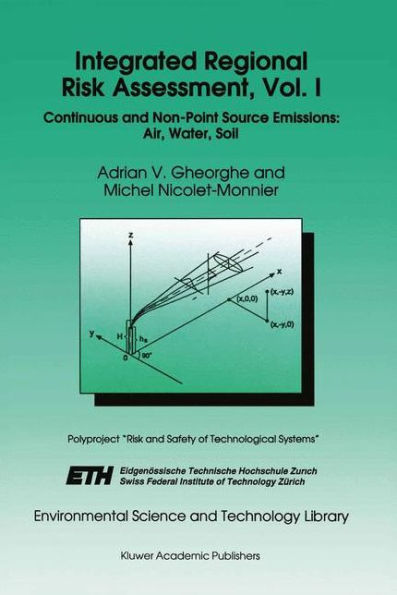5
1
9780792337171


Integrated Regional Risk Assessment, Vol. I: Continuous and Non-Point Source Emissions: Air, Water, Soil / Edition 1 available in Hardcover

Integrated Regional Risk Assessment, Vol. I: Continuous and Non-Point Source Emissions: Air, Water, Soil / Edition 1
- ISBN-10:
- 0792337174
- ISBN-13:
- 9780792337171
- Pub. Date:
- 10/31/1995
- Publisher:
- Springer Netherlands
- ISBN-10:
- 0792337174
- ISBN-13:
- 9780792337171
- Pub. Date:
- 10/31/1995
- Publisher:
- Springer Netherlands
169.99
In Stock

Product Details
| ISBN-13: | 9780792337171 |
|---|---|
| Publisher: | Springer Netherlands |
| Publication date: | 10/31/1995 |
| Series: | Environmental Science and Technology Library , #4 |
| Edition description: | 1995 |
| Pages: | 343 |
| Product dimensions: | 6.69(w) x 9.61(h) x 0.24(d) |
From the B&N Reads Blog
